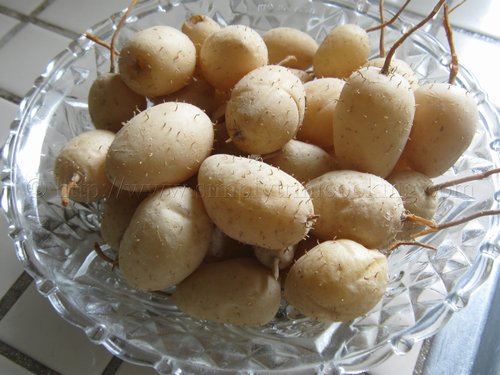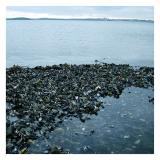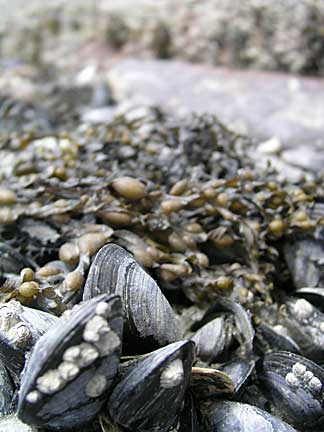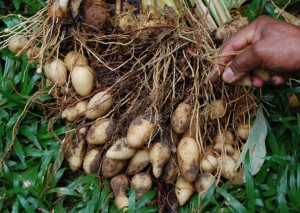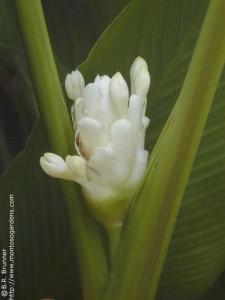A lifetime ago off the Maine coast at low tide there were many mussel shoals. The vertical tidal change near the rock-bound coast can be measured in several yards. At low tide you could “walk” off shore to many of the islands. That required slogging through smelly mud-broken-by-mussel beds, a mudless place to rest.
The best plan was to walk to an island at low tide on a Saturday afternoon, spend the night on the island as the tide came in, and then head back to the mainland the next afternoon at the low tide. We boys would build a fire, scavenge the shore for edibles including little crabs, trapped fish, clams and a few mussels. A traditional clambake followed using hot rocks and seaweed. We kept the fire going all night and slept in its glow. Do that today and several laws would have been broken and half the child protective service department would swarming over the place. We all know the headlines: CHILDREN ABANDONED ON ISLAND… video of my negligent mother being arrested at 11. Law suits would follow. Custody hearings et cetera … However, in hindsight what was special were the mussels.
They were very abundant and extremely easy to harvest. Other seafood took top billing but when the seaweed-covered rocks produced few crabs, into the fire pit went the mussels. Empty tummies must be fed. Normally the mussels weren’t eaten by most who thought themselves to be above eating the lowly bivalve. But go into a gourmet restaurant today and what’s on the menu? Mussels. And someday those same restaurants are going to discover Topi Tambo, a gourmet food only subsistence farmers still eat.
As mussels once were, one wonders why Topi Tambo has not been discovered by palate pioneers. The tubers when boiled remain crisp and have the flavor of sweet corn. Salting them increases their taste substantially. They can rival any hors d’oeuvres, make an excellent side dish or main entree. The leaves can be used to wrap food to give the food flavor and the young flower clusters are edible cooked.
The only time of the year when the Topi Tambo shine is at Christmas when they are a traditional dish, though they are also sometime served on other religious holidays. They are boiled, peeled, salted and enjoyed. However, it is better to grow your own. In early 2012 they were selling for about $13 a pound. Imagine their cost when the gourmet markets find them. Exported to nearly every tropical region in the world, the little spuds have never taken off as a commercial crop despite their great gastronomic credentials.
Botanically Topi Tambo are Calathea allouia. Calathea (kal-ATH-ee-um) means basket shaped, referring to the flower. Allouia (al-LOU-ee-ah) is what the Carib Indians called the plant. Leren is the Spanish term for the species,who wrote about it in 1562 and 1627. Other names include: Sweet corn root, touple nambours, alléluia, curcuma d’Amérique, dale dale, agua bendita, cocurito, lerenes, tambu, topinambur, topeetampo, topinambour, ariá, and láirem
Green Deane’s “Itemized” Plant Profile: Tipo Timbo
IDENTIFICATION: Calathea allouia: A herbaceous plant to three feet, ovoid or cylindrical, tuberous roots. Opposite elliptical leaves, to eight inches, grooved petioles. Flowers — greenish to yellow to white — are tubular in racemes. The plants bloom from June to August.
TIME OF YEAR: Perennial. Takes nine month to set a crop.
ENVIRONMENT: Full sun, ample water, high humidity, good soil but well drained. Does not like sand. Can tolerate temperatures down to 21º F.
METHOD OF PREPERATION: Tubers are boiled 15 to 30 minutes. They can be peeled then, or, the entire tuber can be put in the mouth and the skin removed and spit out. It is not edible. Flowers can be boiled. The tubers are about 7% protein and 15% carbohydrates. Raw at room temperature they can be stored for three months. Refrigeration raw shortens their quality quickly. A tincture made from the leaves is diuretic.

